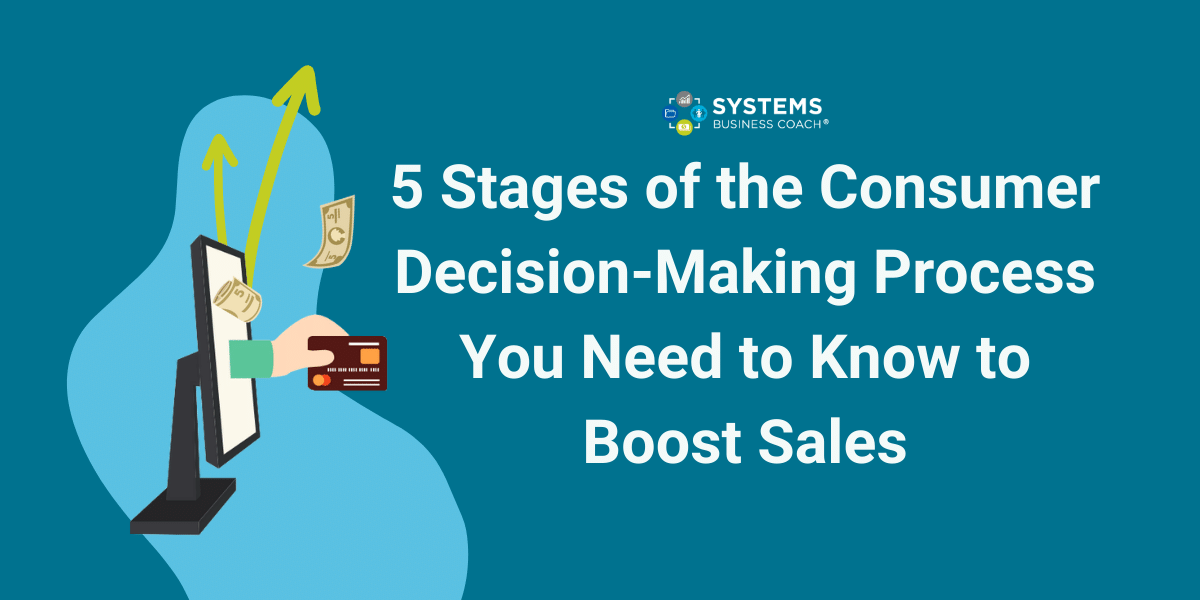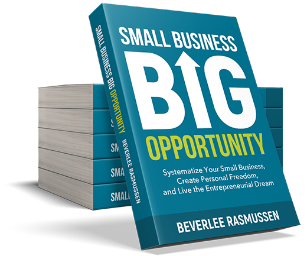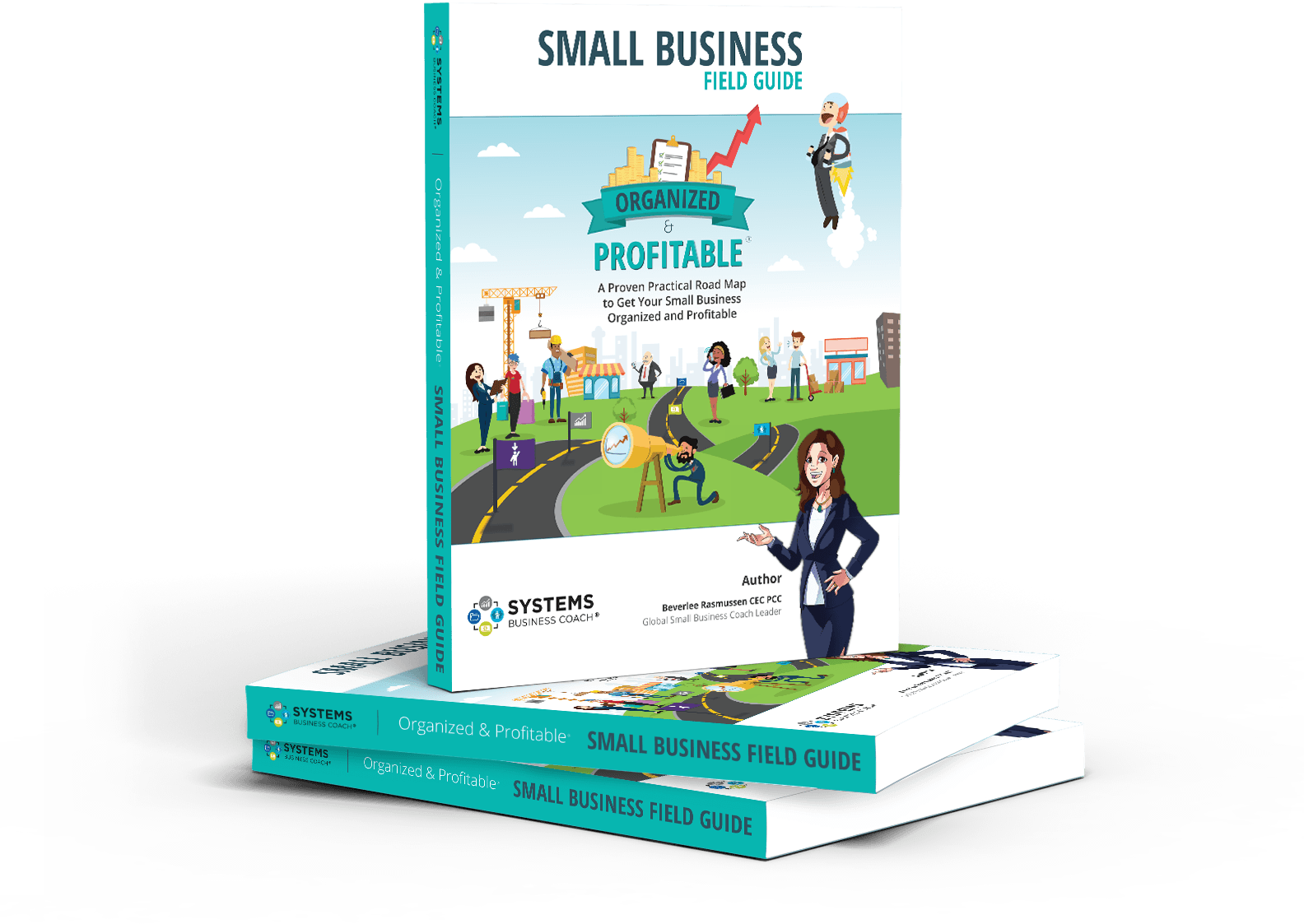Has someone ever bought from you seemingly out of the blue? It was a nice surprise, and you wished it could happen more often, but you don’t really have control over that kind of stuff… right? Well, when you understand a consumer’s decision-making process, you can adjust your sales systems to turn “random sales” into consistent sales.
What are your consumers thinking?
A prospect goes through five mental steps on their journey to make a purchase. These steps are also referred to as the sales funnel or buying process. These steps are:
- Attention
- Interest
- Desire
- Conviction
- Purchase
Attention
Start selling by grabbing your prospect’s attention. This is as easy as saying hello to a customer at your store. Or it can be an online ad or direct message to an online consumer.
Interest
You can maintain a prospect’s interest by entering into a discussion with them, whether it be face-to-face, through an ad, on your landing page or over email.
Desire
You know a prospect desires your product because they have clearly expressed a want or like for it. This doesn’t have to be verbal. Consumers can express their desire by attending your webinars, booking free consultations, or signing up for your weekly newsletter.
Conviction
Even though a prospect desires your product, they might not buy it because there are a lot of other options out there. Your prospect needs a strong belief that your product is the best for them. You can do this by sharing testimonials, case studies, or other social proof. Establishing conviction means removing all doubts your potential client has.
Purchase
Once the prospect is convinced, you just need to ask them to buy or act. If you implemented the previous steps, your prospect will be happy to make a purchase.

What’s your decision-making process?
If you want to see how this buying process works in real life, simply take a moment to self-reflect. You do it every time you buy! What’s your thought process when you make a purchase? What has stopped you from buying something in the past? What has sold you on a product? This is a simple but effective way to research how the consumer decision-making process works.
You can apply your findings to your business to strengthen your sales system!












